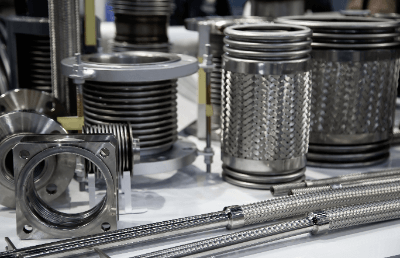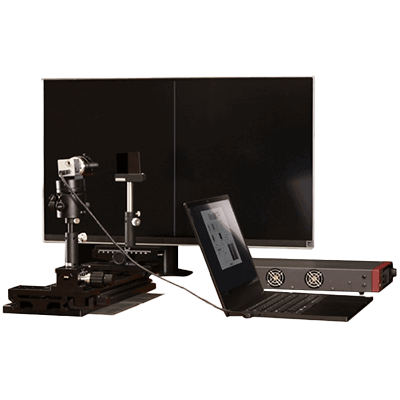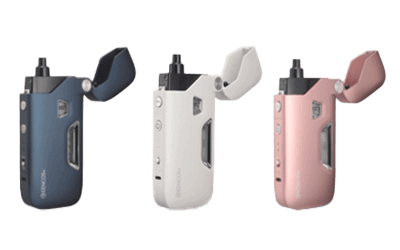What Is Factory Digitalization?
Factory digitalization (DX) refers to the use of digital technology to break away from the analog aspects of the manufacturing industry and increase corporate advantage. It is also known as Manufacturing DX.
The term “DX” was coined by a Swedish university professor in 2004.
In Japan, the Ministry of Economy, Trade and Industry (METI) created “Guidelines for Promoting DX” in 2018, and it is spreading throughout the country, but some companies are not familiar with it due to the nature of the manufacturing industry.
In fact, as of 2022, 65% of the manufacturing industry in the U.S. and Germany will have adopted DX, while only 13% of the manufacturing industry in Japan will have done so.
Therefore, the business environment is changing dramatically in Japan’s manufacturing industry today, and the ability to respond flexibly using digital technology is required.
Factory digitalization can sometimes bring about more than improvements in the manufacturing sector by DXing not only the manufacturing sector, but also upstream areas such as development, design, and sales from a strategic point of view.
For example, automation of quotation and extraction of drawings from past results can significantly improve efficiency, reduce SG&A expenses, increase order rates, and build competitive advantage.
Furthermore, feedback from the shop floor (factory) to sales, and from sales to the shop floor, can be used to improve productivity, reduce SG&A and labor costs, and get on with the work that needs to be done.
Uses of Factory Digitalization
There are many examples of factory digitalization, which can be divided into three main categories.
Example 1: Machinery and Equipment Manufacturers, Machine Tool Manufacturers
This is a case in which a single production management system is used to integrate the engineering of machines and automated processes from design to manufacturing, a supply chain that can flexibly respond to production in the face of recent material shortages and rising prices for single parts, and a management system for reusing performance data from human operators for similar products. This is a case of integrating a supply chain that can flexibly handle production in the face of rising prices for parts and materials.
In this case, the system can be more effective in improving and stabilizing quality and preventing accidents due to mistakes.
Case 2: Electrical Equipment Manufacturer
By introducing a system that simplifies and visualizes the business process from the receipt of an order to design, manufacturing, shipping, and delivery of a product at the company’s factory, it is possible to review the flow of order and supply management by paper or e-mail and process management at the factory’s manufacturing site, and to improve the company’s ability to secure human resources and reduce long overtime work. This will also clarify areas for corporate improvement, such as securing human resources and reducing long overtime work.
In other cases, the introduction of a delivery date management system, in which production plans are made in advance in anticipation of the quantities that customers will need in the future and products are not made in excess of what is required, in an environment of material shortages, component prices, and fluctuating prices, has had a significant effect, increasing sales by strengthening internal cooperation systems.
Case 3: Parts Manufacturer and Parts Processor
This is a case study of the most downstream part of the commercial flow.
By creating clear sales figures and data by customer, machine, product, and person in charge, it becomes possible to clearly identify the strengths and weaknesses of the company.
For example, if the order rate for Company A is good, but the order rate for Company B is declining, the company can immediately identify key areas for improvement and take measures for the next time.
In addition, as a common point between 1 and 2, it can improve quality and speed, simplify paper-based communication such as fax, secure human resources, and reduce long hours of overtime work.
Principle of Factory Digitalization
Factory digitalization are about creating new added value by making full use of AI and digitalization, and revolutionizing existing businesses through overwhelming efficiency gains through visualization and automation. It is also about changing the value of the customer experience and transforming it into a better business model.
There is one key point in the process of transformation. This is because it is necessary to proceed with reform gradually, in stages, rather than converting from analog to digital operations all at once.
There are three basic steps.
1. Use of In-House Data
The first step is to collect and analyze data within the company. By attaching sensors or barcodes to each manufacturing facility, machine, order form, etc., or by incorporating process management software, data must be collected to determine the amount of orders received by sales, the time from sales to the manufacturing site, the process at the manufacturing site, and shipping after production, etc.
By analyzing the data, it is possible to reduce unnecessary costs incurred within the company and find factors that may have contributed to quality problems, thereby facilitating improvements.
2. Automatic Improvement for the Next Time
Second, after analyzing data on the factors that caused the problem, digital technology can be used to automatically devise a remedy.
The system automatically derives the precursors to breakdowns and factors that cause quality degradation of machines installed at manufacturing sites using light sensors, temperature sensors, and other devices. As a result, machines can be replaced before they break down and quality can be assured.
3. AI and the Work That Should Be Done by Humans
Third, by delegating to machines and AI all tasks that can be replaced by people, the work that must be done by people can be done by human eyes and hands, and the production site can be reborn as a production site that can efficiently produce new products with stable high quality and create new value.
The Benefits of Factory Digitalization
1. Create New Customer Experiences and Generate Revenue From the Added Value
Factory digitalization makes it easier for executives and managers to conduct analysis that will be useful in the future. The strategies and tactics generated from this analysis can create new value that can expand the scope of differentiation from other companies and emphasize their strengths.
For example, by introducing factory digitalization, salespeople can leave the quotation work to AI and spend their time visiting customers. This allows them to listen to the needs and opinions of their customers.
For design and manufacturing departments, AI can be entrusted with the same tasks as in the sales department, such as estimating, and delivery date management and inventory control can be managed by the system, making it easier to concentrate on the design and development of new products.
2. Focus on Human Resource Development
By delegating tasks that do not necessarily need to be done by humans to machines or AI, more time can be freed up. This time can be used to train new employees.
3. Increase Profits
By analyzing data, it becomes possible to determine the strengths and weaknesses of the company, and to know which products to propose to which customers at which time, making it easier to create an environment that generates profits while increasing productivity.
The above three points are expected to be effective in the implementation of factory digitalization.
This article was supervised by REVOX Corporation, which manufactures and sells Factory DX.


